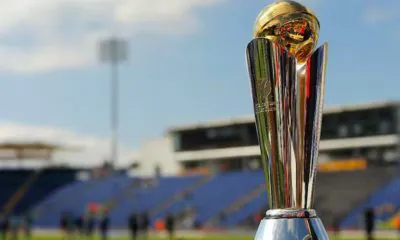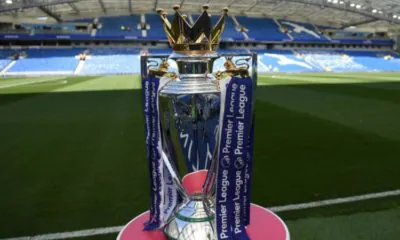
For high school athletes aspiring to play at the next level, understanding how to connect with colleges looking for baseball players is crucial. College baseball programs across different divisions actively seek talented athletes to strengthen their rosters. However, the recruitment process can be competitive, requiring strategy, persistence, and preparation.
This guide provides a step-by-step approach to help baseball players get noticed and recruited by college programs.
Why Colleges Are Looking for Baseball Players
Colleges seek skilled baseball players to maintain a competitive program and enhance their athletic departments. Many factors influence their search, including:
- Graduating Players: Teams need to replace seniors and maintain roster depth.
- Positional Needs: Some teams prioritize specific positions based on their current lineup.
- Program Competitiveness: Competitive programs look for top-tier talent, while developing programs seek players with potential.
- Scholarship Availability: Schools with strong baseball funding actively recruit players who can contribute immediately.
Understanding a program’s needs and recruitment priorities can help athletes target the right schools.
Read More:
» FIFA The Best : Who Has the Most Awards?
» Cricketers who married their relatives
Step 1: Research Colleges Actively Recruiting Baseball Players
The first step in getting recruited is identifying which colleges are looking for baseball players. Here’s how to find them:
- Check College Team Websites: Most college programs list their coaching staff and recruiting needs online.
- Use Recruiting Platforms: Websites like NCSA, Hudl, and FieldLevel help athletes find schools seeking players.
- Attend Showcases and Camps: Many colleges host camps to evaluate talent and connect with recruits.
- Network with Coaches and Scouts: High school and travel ball coaches often have direct connections with college programs.
Step 2: Develop a Standout Player Profile
Once you identify target schools, the next step is to showcase your skills. A strong player profile includes:
- Athletic Resume: List key stats, positions played, awards, and achievements.
- Highlight Video: A well-edited video showcasing key plays, mechanics, and athleticism.
- Academic Performance: Include GPA, SAT/ACT scores, and coursework to demonstrate eligibility.
Step 3: Get on a College Coach’s Radar
Since coaches evaluate numerous athletes, standing out is essential. Ways to gain attention include:
- Emailing Coaches Directly: Personalize emails with your stats, highlight video, and interest in their program.
- Attending College Camps and Showcases: Direct interaction with coaches increases recruitment chances.
- Playing in High-Level Tournaments: Travel teams, showcases, and elite competitions provide visibility.
- Using Social Media and Recruiting Platforms: Sharing performance updates and game highlights on Twitter and Instagram can attract scouts.
Step 4: Understand the Recruiting Timeline and Rules
Recruiting timelines vary based on division level. Understanding these key points helps athletes stay prepared:
- NCAA Division I & II: Recruitment typically starts during sophomore and junior years, with official visits allowed later.
- Division III & NAIA: More flexible timelines but require proactive outreach.
- NJCAA (Junior Colleges): A great option for development and future transfers to four-year schools.
Athletes must also meet academic and amateurism requirements set by the NCAA or NAIA.
Step 5: Make a Strong Impression on the Field
Performing well during key moments is essential. Ways to stay on a coach’s radar include:
- Excelling in High-Pressure Games: Playoff performances often attract more scouts.
- Keeping Consistent Communication: Update coaches with new achievements and improved stats.
- Seeking Feedback: Understanding areas for improvement can help refine skills.
Step 6: Secure a Spot on a College Baseball Team
Once a college program shows interest, the next steps are:
- Scheduling Visits: Both official and unofficial visits help evaluate a program’s fit.
- Comparing Offers: Assessing scholarships, financial aid, and walk-on opportunities is crucial.
- Making a Commitment: Signing a National Letter of Intent (NLI) finalizes the recruitment process.
Step 7: Prepare for the College Baseball Experience
Transitioning to college baseball requires adjustments. Key aspects to focus on include:
- Time Management: Balancing academics, practice, and games effectively.
- Building Team Relationships: Establishing good communication with coaches and teammates.
- Continuous Skill Development: College baseball is more competitive, requiring constant improvement.
With the right approach, high school athletes can connect with colleges looking for baseball players and secure a spot on a collegiate roster. By researching programs, creating a standout profile, attending showcases, and maintaining strong performance, student-athletes can increase their chances of getting recruited. Staying proactive, persistent, and prepared will help turn baseball aspirations into reality.
crifosports/28March25/SA























